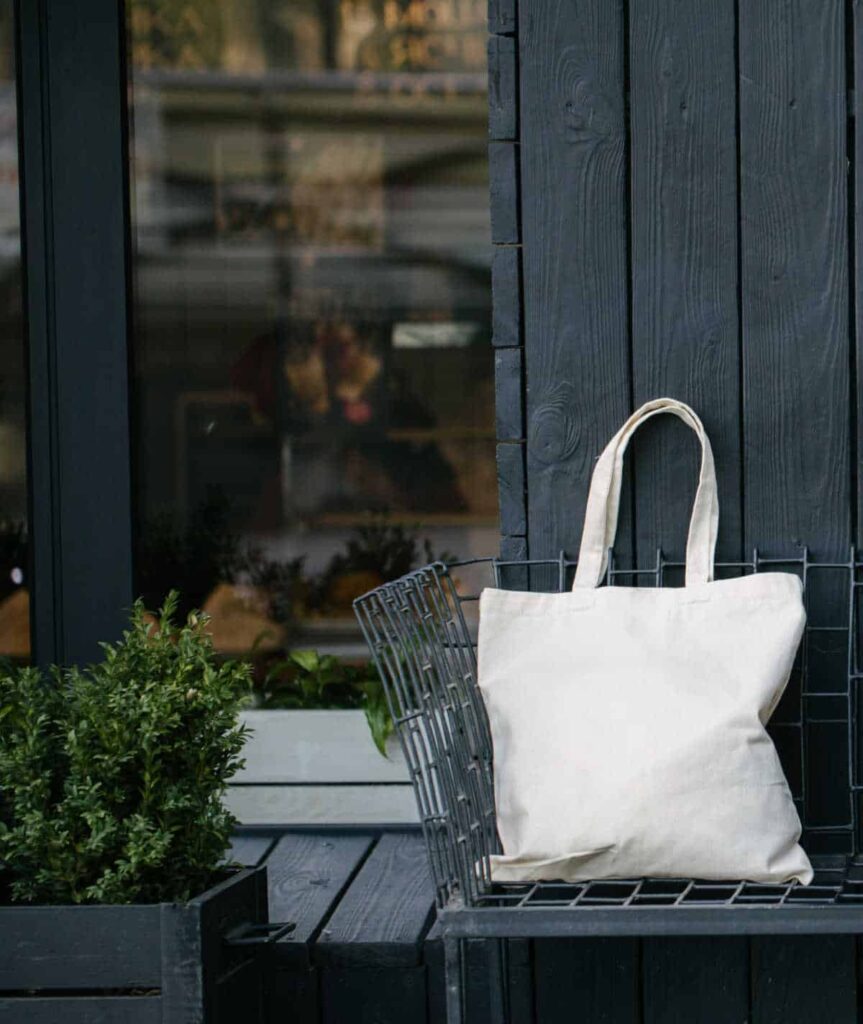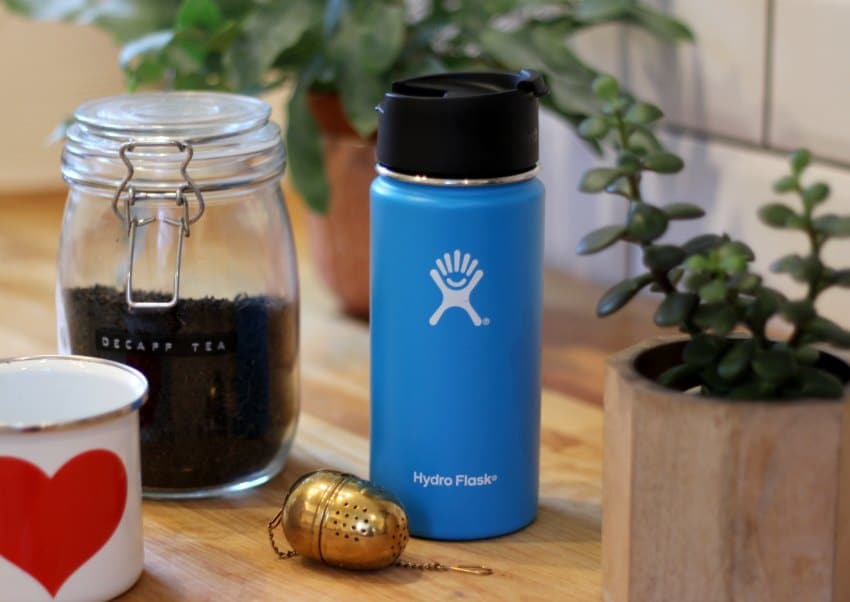Tips To Improve Indoor Air Quality In Your Home | AD
To support the running costs of Moral Fibres, this post may contain affiliate links. This means Moral Fibres may earn a small commission, at no extra cost to readers, on items purchased through these links.
This post on tips to improve indoor air quality in your home is paid-for content in association with brivv.
When we think of air pollution, we tend to think of the air outdoors. We don’t often give the air quality inside our homes a second thought.
However, with reports suggesting that the air quality inside our homes can often be two to five times worse than outdoors, it’s definitely an issue worth paying attention to.
Particularly so, over the last two years, when we have all spent more time indoors than possibly ever before, indoor air pollution is something we should all be considering.
How to Improve Indoor Air Quality
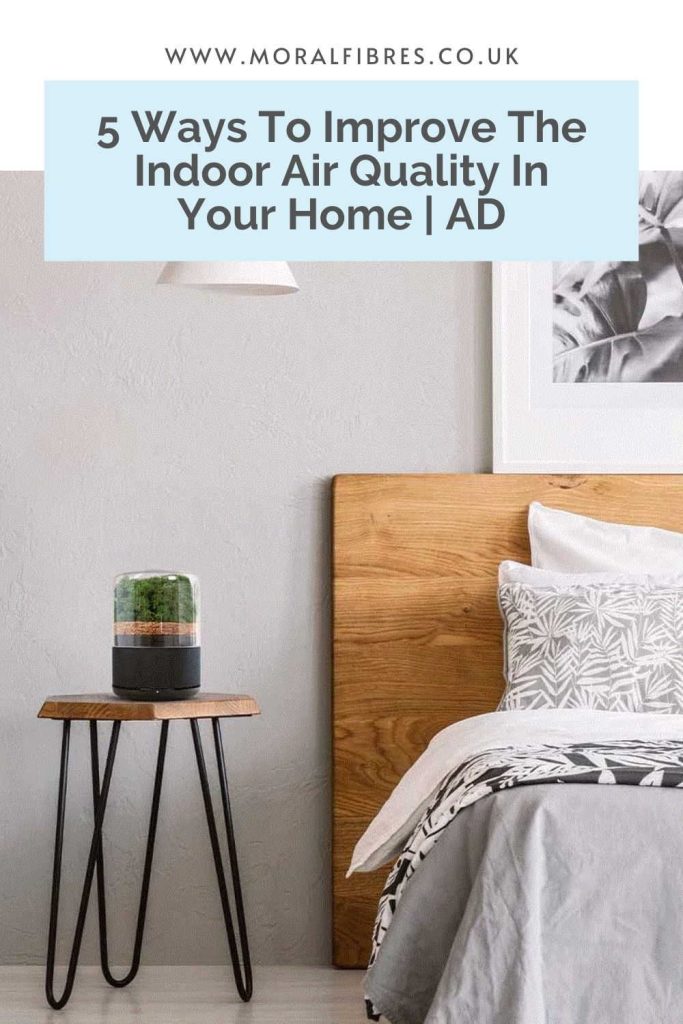
If you are looking to take action, then here are my five top tips to tangibly improve the air quality in your home both today and in the mid to long term.
1. Add Houseplants
Plants are an easy and cost-effective way to improve indoor air quality.
One particularly famous NASA study from the 1980s found that several common houseplants may remove carcinogenic air-borne chemicals, such as benzene and formaldehyde from the air. These included the Peace Lily, Mother In Law’s Tongue, Ficus, Marginata, Gerbera, and Bamboo Palm.
Later research by scientists in 2004 also supported NASA’s findings. Their studies additionally indicated that micro-organisms in the soil of houseplants can help to purify the air too. So, add a plant, and breathe a little easier.
3. Invest In An Air Filter To Improve Indoor Air Quality
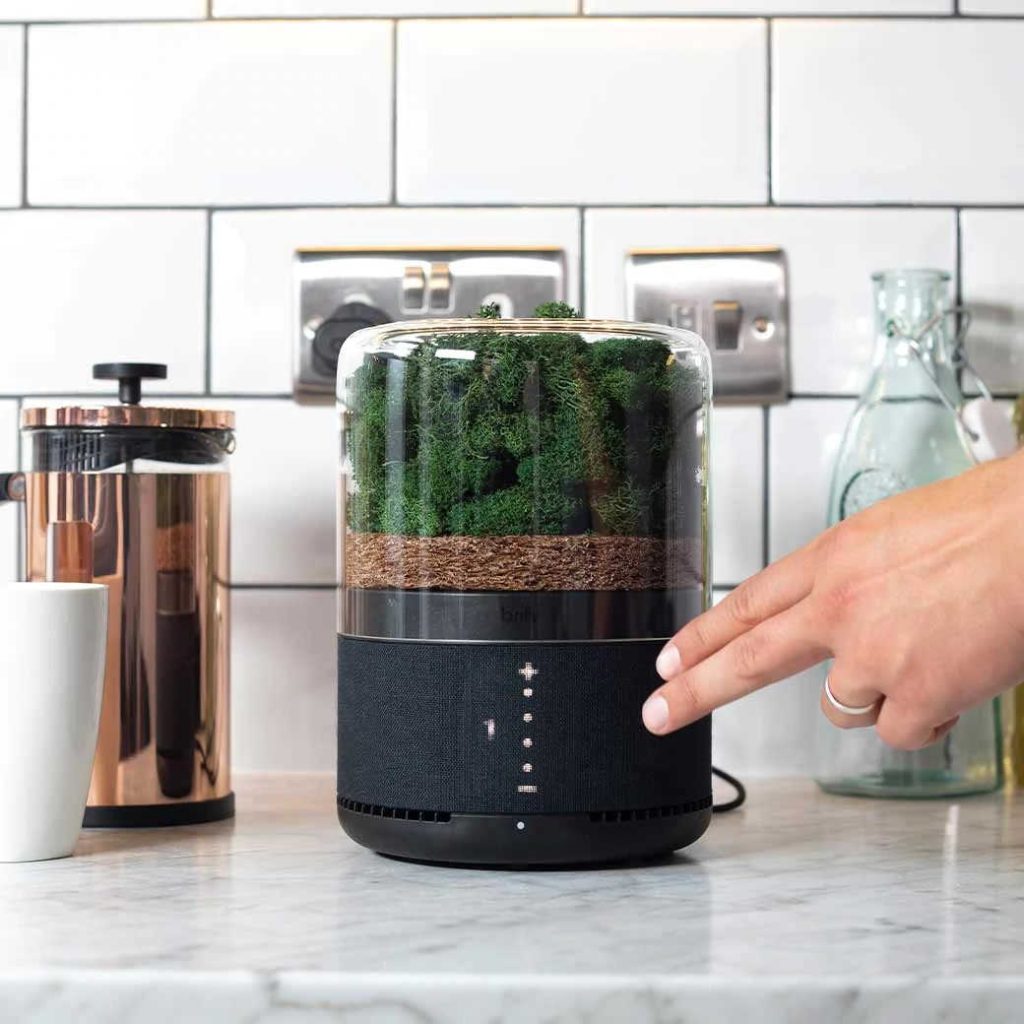
Air filters can be a great way to improve your indoor air quality. However, think carefully about which filter you buy. With conventional air filters, the filter needs to be replaced every 6-8 months. Standard air filters generally cannot be recycled. As such, each year 6000 tonnes of HEPA filters are sent to landfill each year.
The brivv air filter is different. Using 90% natural and renewable materials, briiv is the most sustainable air filter there is right now. Using three fully biodegradable filters, briiv uses the natural micro-structures of sustainably sourced moss, coconut, carbon, and silk to filter air and improve your indoor air quality. In fact, brivv says that one brivv air filter is equal to having 3,043 medium-sized houseplants in your home.
The brivv air filter captures pollen, allergens, bacteria, mould spores, harmful fine dust, and VOCs, quickly, quietly, and in an energy-efficient manner. In fact, brivv has calculated that it costs just £2.02 per year to run.
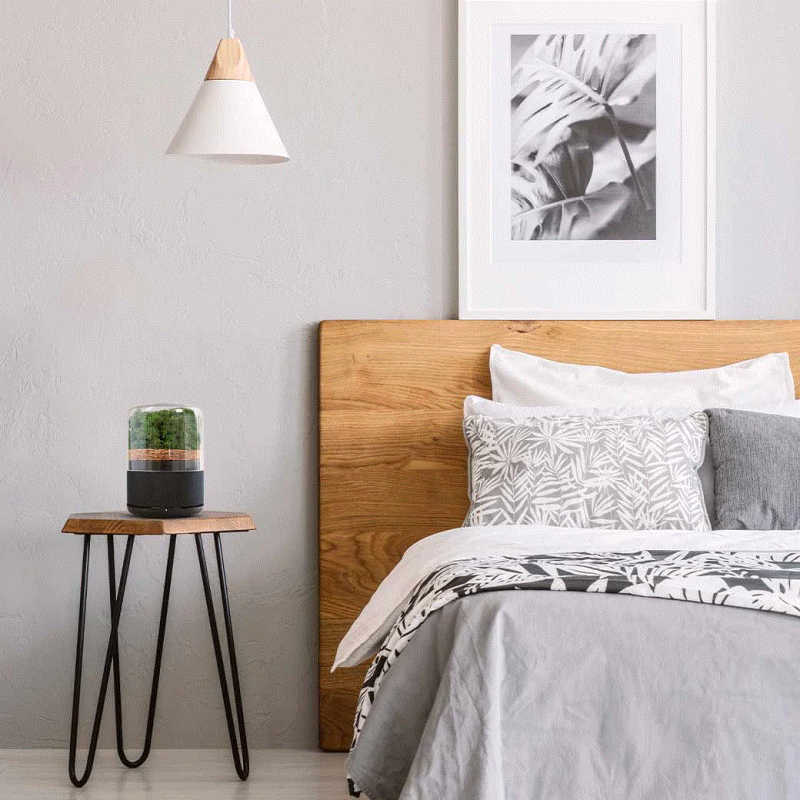
briiv also uses fewer plastics than any other air purifier on the market. There is also significantly less waste when it comes to changing the filter. The moss and coconut coir can be composted, and it is just a small mesh matrix filter that goes in your household bin.
I was sent a brivv air filter to test for a couple of weeks and I have to say I am impressed. It looks incredibly stylish – looking more like a glass terrarium than a piece of technology. It’s also much lower maintenance than a house plant – the moss does not need watering!
I’ve noticed that cooking smells and odours from burning candles don’t linger as long as they used to, and rooms feel incredibly fresh. Where the brivv has been running, entering the room feels like walking into a room that has had the window open all day.
And while plant-based, it certainly isn’t low tech. You can control your brivv from your smartphone, so you can have it running at your preferred setting before you even get home. Clever!
2. Consider Your Use of Paint
The paint you use when decorating your home can really impact your indoor air quality. This is because many paints, particularly latex-based paints off-gas volatile organic compounds (VOCs) for around three to five years. In some cases, they can off-gas for up to 10 years.
These VOCs are present in paint to improve how well it adheres to walls, decrease dry time, and keep your walls looking fresh. Therefore, the next time you are decorating, opt for low or zero-VOC paint to help reduce any indoor air pollution.
4. Switch to Natural Cleaning Products
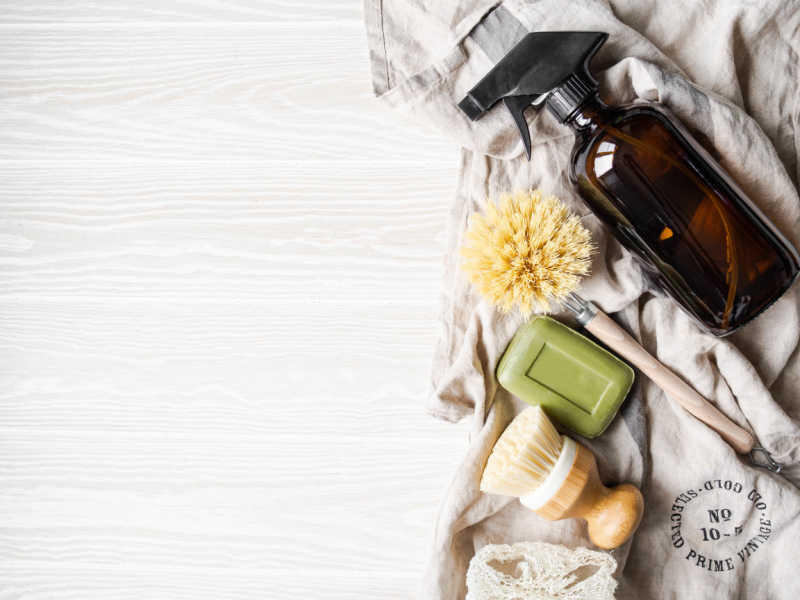
Not on board with using natural cleaning products yet? Well, researchers have found that cleaning your home with conventional cleaning products may be as bad for your health as smoking 20 cigarettes a day. This is because many conventional cleaning products give off VOCs that linger in the air that we breathe.
Making your own natural cleaning products is one easy yet effective way to improve the indoor air quality in your home.
If you don’t want to make your own cleaning products, you can buy planet (and lung) friendly cleaning products. Check out my guide to the best eco-friendly cleaning products.
5. Switch to an Electric Hob
As well as cooking your dinner, burning your gas hob also generates toxic pollutants in our homes, including nitrogen oxides. According to an article in the Guardian, gas hobs produce air pollution levels indoors that would be illegal outdoors and can lead to an increased risk of asthma.
If your hob breaks, or when you are next upgrading your kitchen, consider switching to an electric hob. We’ve switched to an electric induction hob, which is much more energy-efficient than gas and doesn’t negatively impact our indoor air quality. I never thought I’d be a convert to cooking on an electric hob, but it’s a much better cooking experience, and contributes to cleaner air in our home.
Found this post useful? Please consider buying me a virtual coffee to help support the site’s running costs.


